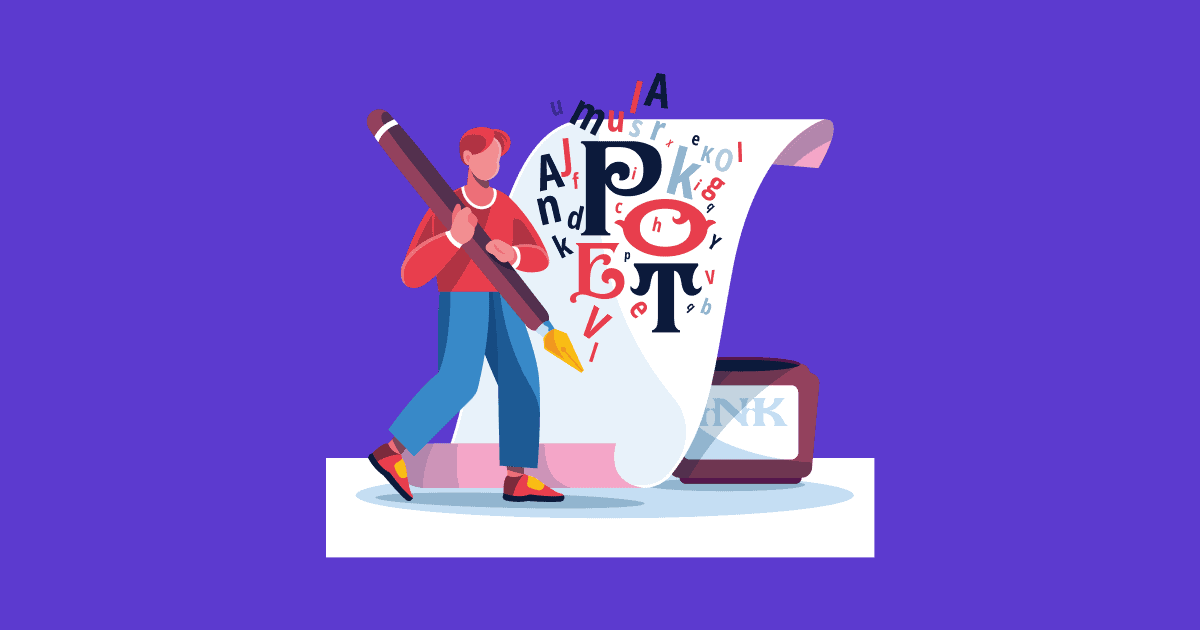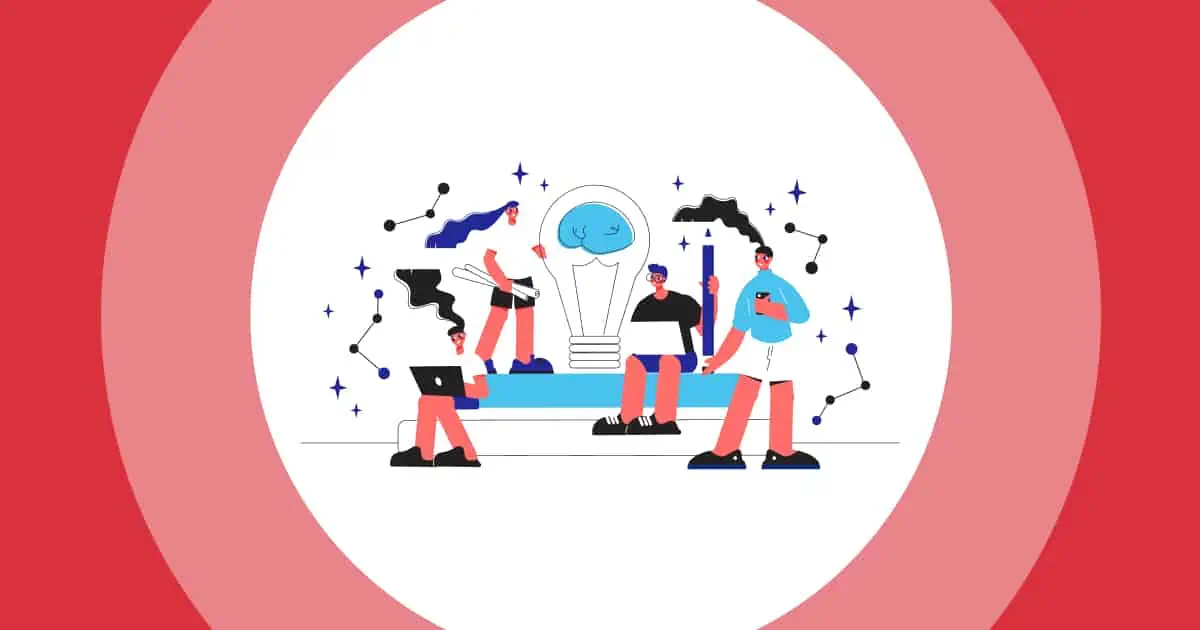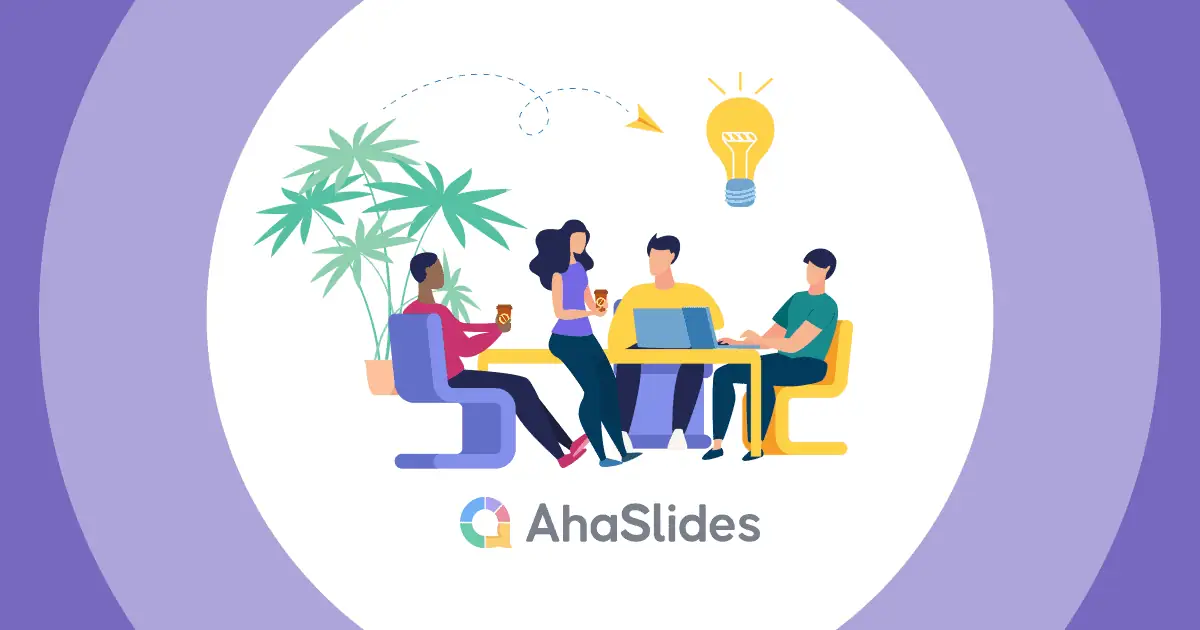Creativity is not just limited to certain industries.
Every company could benefit from employees being creative in the workplace to find new solutions/approaches to a problem or optimise the existing process.
Let's discuss the importance of it and different ways to foster creativity that fuels innovation.
Table of Contents
- What is Creativity in the Workplace?
- Why is Creativity Important in the Workplace?
- How to Foster Creativity and Innovation in the Workplace
- Examples of Creativity in the Workplace
- Bottom Line
- Frequently Asked Questions
What is Creativity in the Workplace?
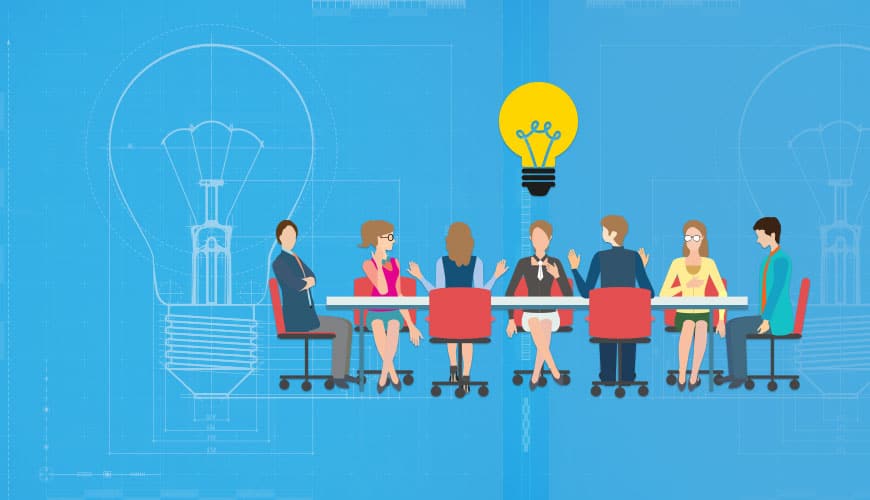
Creativity in the workplace is the ability to think of novel and useful ideas that can help improve work processes, products and services.
Those who have fostered creativity in the workplace are likely to experience a boost in productivity and retention, which eventually benefit the organisation.
There is no doubt that creativity is the most important human resource of all. Without creativity, there would be no progress, and we would be forever repeating the same patterns.
Edward De Bono
Tips for Better Engagement
- 4 Essential Facilitator Skills for Successful Discussions
- Working 9-5 | Benefits, Tips and Signs You’re Not Cut Out for the Job

Looking for a way to engage your teams?
Get free templates for your next work gatherings. Sign up for free and take what you want from the template library!
🚀 Get templates for free
Why is Creativity Important in the Workplace?

Creativity is one of the most important skills in the world according to LinkedIn Learning. But why is that? See the reasons that make it a cool attribute to have in any company:
• Innovation - Creativity is at the heart of innovation, which is essential for businesses to develop new products, services and processes that allow them to thrive and grow.
• Problem-solving - Creative thinking allows employees to come up with novel solutions to complex problems. This helps companies overcome challenges and obstacles.
• Improved productivity - When allowed to think outside the box, employees can come up with new and better ways to tackle tasks.
• Competitive advantage - By harnessing the creative potential of their workforce, companies can gain an edge over competitors through innovative offerings and new ways of operating.
• Employee motivation - When employees are encouraged to think creatively, it gives them a greater sense of autonomy and purpose that increases their work motivation and engagement.
• Workplace culture - Fostering creativity among employees helps build a company culture where new ideas are welcome, where experimentation is encouraged, and where everyone is constantly striving to do better. This type of culture can have a positive impact on the entire company.
• Talent attraction and retention - Companies that promote and reward creativity are better able to attract and retain top talent that prefers an innovative work environment.
• Better decision-making - Encouraging employees to consider multiple creative options before deciding on a course of action can lead to better-informed decisions with more impact.
In short, not only does being creative in the workplace lead to innovation, but it also boosts productivity, talent, and morale. By encouraging creative thinking, businesses can achieve more and stay competitive. It's all about creating the right environment to let those ideas flow!
How to Foster Creativity and Innovation in the Workplace
Companies and employees can find various ways to get everyone's thinking cap on. Let's get a headstart with these fantastic ideas to boost creativity and innovation in the workplace:
#1. Encourage Idea Sharing
Companies should start creating channels for employees to freely share and discuss ideas. This could be idea boards, suggestion boxes, or brainstorming sessions.
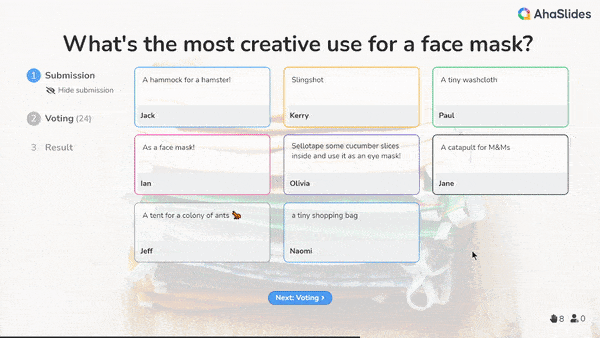
Host a Live Brainstorm Session for Free!
AhaSlides lets anyone contribute ideas from anywhere. Your audience responds to your question on their phones, then vote for their favourite ideas!
They can implement an idea-rewarding system where creative ideas that are deployed receive recognition or financial rewards. This incentivises creativity.
If possible, beak down functional and departmental silos that restrict information flow. The free exchange of ideas across divisions will spark creativity at the workplace.
💡Tip: Give employees unstructured time to let their minds wander and make new connections. Incubation promotes insight and "aha!" moments.
#2. Provide Inspirational Workspaces
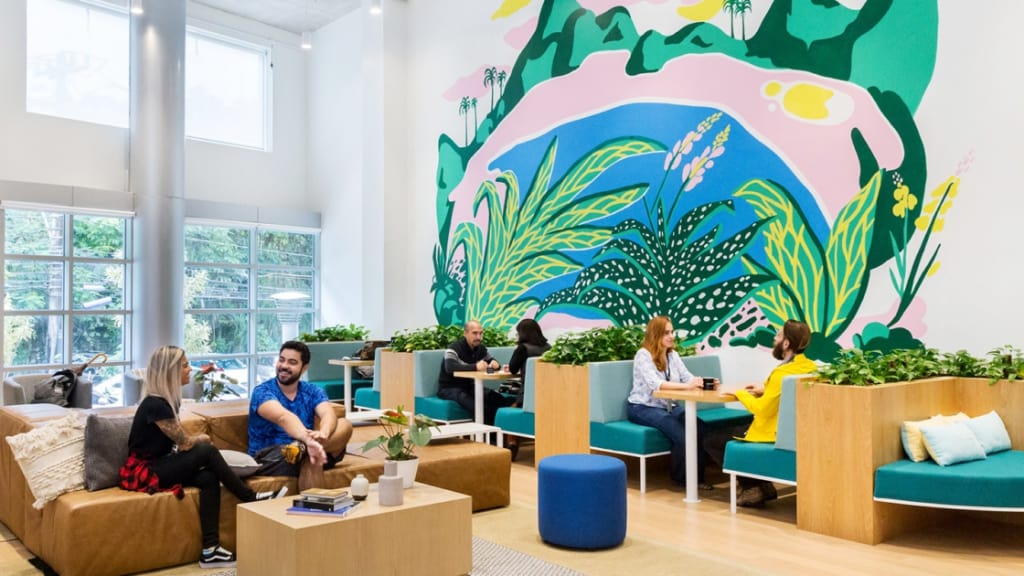
Workspaces designed for collaboration, innovation and comfort can physically stimulate creative thinking.
Consider comfy seating areas, walls for art, or host a drawing day for the employees to freely create their art pieces and hang them on the company's wall.
#3. Create an Inclusive Culture
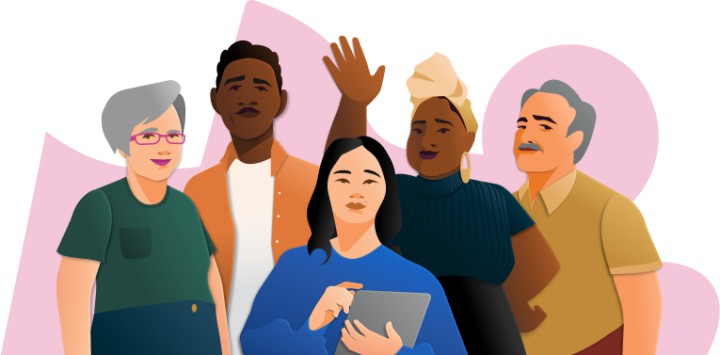
Employees need to feel secure in taking intellectual risks and proposing creative ideas without fear of rejection or punishment. Trust and respect are crucial.
When people feel psychologically safe to speak up without fear of judgment, they will be more creative in the workplace. Foster a truly diverse and open environment.
View failures not as negative outcomes but as learning opportunities. This helps everyone feel comfortable taking creative risks.
#4. Offer Training
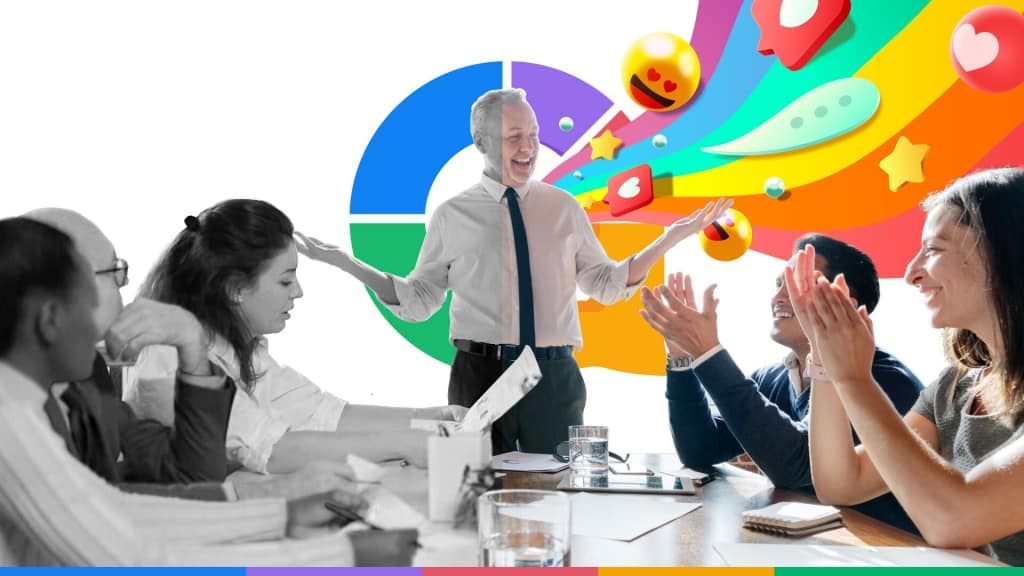
Creativity can be learned and improved. Provide training in creative and design thinking skills, such as lateral thinking, problem-solving and idea generation as well as domain-specific expertise.
Provide employees with tools that can spark creativity like whiteboards, modelling clay, art supplies or prototyping kits.
Outside of training, you can connect employees to other creative people outside their team can generate fresh perspectives and inspiration.
#5. Allow Experimentation

Give staff freedom and resources to experiment with new ideas, even if they fail. Learn from mistakes. An environment of psychological safety helps everyone to be creative in the workplace.
Don't be too nitty-bitty with the small stuff. The more control employees have over their work, the more empowered they feel to think creatively.
Reduce rigid processes, policies and micromanagement that can stifle creative thinking. Favour adaptable strategies instead.
Examples of Creativity in the Workplace

If you think being creative in the workplace must be a far-reaching idea, then these examples will prove to you that it can happen all across industries!
• New employee engagement strategies - Companies come up with innovative initiatives to boost employee morale, recognition and satisfaction. Examples include unique perks, incentives, flexible work arrangements and team-building activities.• Novel marketing campaigns - Creative marketing campaigns using humour, novelty, interactive elements and unexpected angles capture attention and drive brand awareness. Examples include Dorito's "Crash the Super Bowl" consumer-generated ads contest and Red Bull Stratos space jump stunt.
• Improved production processes - Manufacturing companies innovate new ways to make their products using more efficient processes, automation, technology and materials. Examples include just-in-time manufacturing, lean production and Six Sigma quality programs.
• Time-saving work tools - Companies develop creative tools and technologies that help employees save time and work more efficiently. Examples include G Suite and Microsoft 365 productivity suites, project management software like Asana and Trello, and workplace messaging apps like Slack and Teams.
• Automated problem detection - Innovation in artificial intelligence and machine learning enables systems to detect problems and issues proactively before they impact operations. Examples include AI-based fraud detection, predictive maintenance and automated issue tracking.
• Revenue-boosting product innovations - Companies develop new, innovative products or improvements that generate more revenue. Examples include Apple Watch, Amazon Echo and Nest thermostats.
• Streamlined customer journeys - Companies redesign customer journeys in creative ways that improve the convenience, simplicity and personalisation of each customer touchpoint and interaction.
There are endless examples of how creativity and innovation manifest in the workplace, whether it's in approaches to employee engagement, marketing, customer service, production processes, technologies used, product development or business models overall. At its core, workplace innovation aims to improve efficiency, productivity and the experiences of employees, customers and other stakeholders.
Bottom Line
As you can see, being creative in the workplace manifests in countless different forms. It touches nearly every aspect of how companies function, improves processes, engages customers and employees, optimises costs, generates revenue and transforms themselves over time. A company culture that encourages different forms of creativity will benefit greatly in the long run.
Frequently Asked Questions
What does it mean to be creative in the workplace?
Being creative in the workplace means thinking in original ways, generating new possibilities and transforming established paradigms through imagination, risk-taking, experimentation and bold ideas. It contributes meaningful innovation to an organisation.
What makes a creative workplace?
Creativity in the workplace shows up in diverse ways from new products to better processes, operations to customer experiences, business models to culture initiatives.
What is creative thinking and why is it important in the workplace?
Creative thinking in the workplace leads to benefits like fresh ideas, solutions to difficult challenges, higher employee engagement, stronger customer value propositions, cultural transformation and lasting competitive advantage. Companies that find ways to unleash employees' creative potential will ultimately be more successful.


